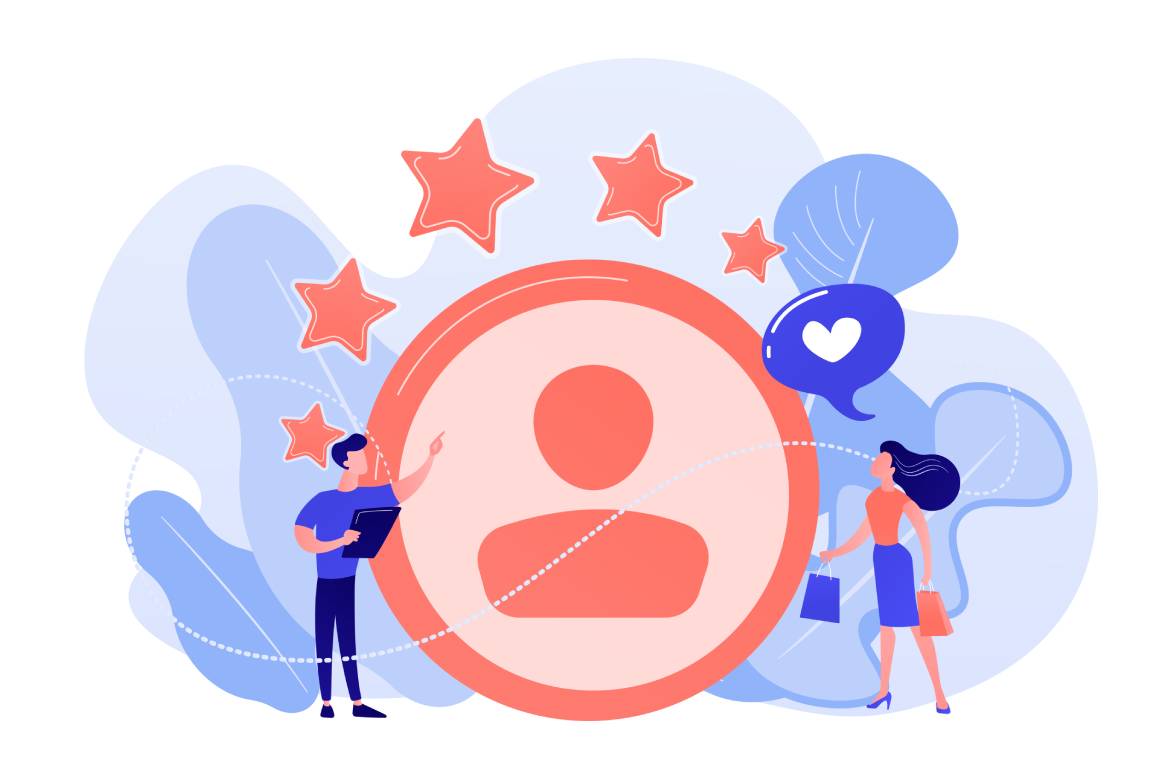Something is wrong with the relationship between brands and their customers. Despite most companies’ efforts into their loyalty strategies, 60% of consumers consider that loyalty programs do not meet their expectations. What is the reason for this disconnection?
We are surely facing a multifactorial problem, but at the root of this detachment is approaching loyalty from an individualistic perspective, based solely on its benefit, that is, on what the brand wants to extract from the construction of these ties. This way of relating is highly toxic and, in this type of relationship, it is best to activate the alarm and flee.
The era of self-centred brands that demand a lot and give little that see customers as walking wallets and that, when they approach their loyalty strategies, think more about how to retain than how to add value, is over. And it is that no relationship should be based on retention at all costs but on the decision to spend time together.
In this context, brand loyalty strategies are in full transformation, and a more effective, attentive and generous way of relating is emerging. Even the very name of this type of strategy is evolving. I firmly believe that the words we use encapsulate our way of thinking and seeing the world. For this reason, today, instead of talking about loyalty or loyalty programs (whose name focuses on the benefit that the brand seeks), we talk about relationship, engagement or even membership programs. The important thing here is the construction of a relationship based on mutual benefit, a free and profitable relationship for both parties.
Approaching these types of programs from this perspective involves creating positive and memorable moments throughout the relationship. With this as the main objective, repeat buying and cross-selling will be side effects because we know that when the customer experience is positive, the impact on the business is also positive.
We have identified some levers from the strategy area that can help us build more meaningful, strong and lasting relationships. These are some of them:
Table of Contents
Provide Flexibility
Traditional loyalty programs dictated strict rules about earning points, when to redeem them, and for what. At the “MANGO likes you” club, however, everything revolves around freedom of choice. People have multiple ways to earn points (buying, recycling old clothes, downloading the application, etc …). Still, they also decide how to invest them (in discounts for future purchases, movie tickets, and even donations to NGOs). In this way, they feel that MANGO takes them into account, increasing the perception of the value of the benefits that the brand offers them.
Combine Rational And Emotional Benefits
On the one hand, people like to be made easy for us and the services that make our lives more comfortable triumph: avoiding queues, express shipments … On the other hand, we also want to be surprised with exclusive experiences that make us feel special. Sephora’s “Beauty Insider” program works this balance very well, offering the ability to participate in beauty classes, free makeovers, or even custom fragrance creation.
Include In The “Customer Value” Criteria That Go Beyond The Monetary
Let’s stop thinking that the only premium or high-value customers are those who spend the most on our products and services. Those who demonstrate a high bond with the brand also deserve VIP treatment. Some companies are already rewarding these behaviours (sharing information on social networks, writing product reviews, recommending the brand to other people …), demonstrating that engagement and influence are key ingredients to calculate the Total Customer Value.
Enhance The Sense Of Community
Brands that help create communities under their umbrella, connect people with shared interests, further strengthen their ties. This is the case of the Nike + “Run Clubs”, where the brand offers advice to improve your sports performance but also organizes local events so that its fans can train as a team.
Facilitate Participation In Causes Of Positive Impact
People are becoming more and more affiliated with those brands that share our values , and we ask them to make it easier for us to contribute to social and environmental causes. The most advanced membership programs articulate dynamics that enhance being part of common causes. For example, The North Face rewards its community for visiting National Parks and natural monuments and bringing their bag when they go shopping at its stores, thus encouraging them to live in a more friendly way with nature.
If we look closely, behind all these levers, there is the same need: the need to design the customer experience from the “you” and not from the “me”. Instead of asking ourselves, “what should I do to hold you back?”, We should ask ourselves, “what emotions do YOU need to feel, client, so that our affinity extends over time?” Only in this way will we generate a genuine will to want to be part of the brand.




